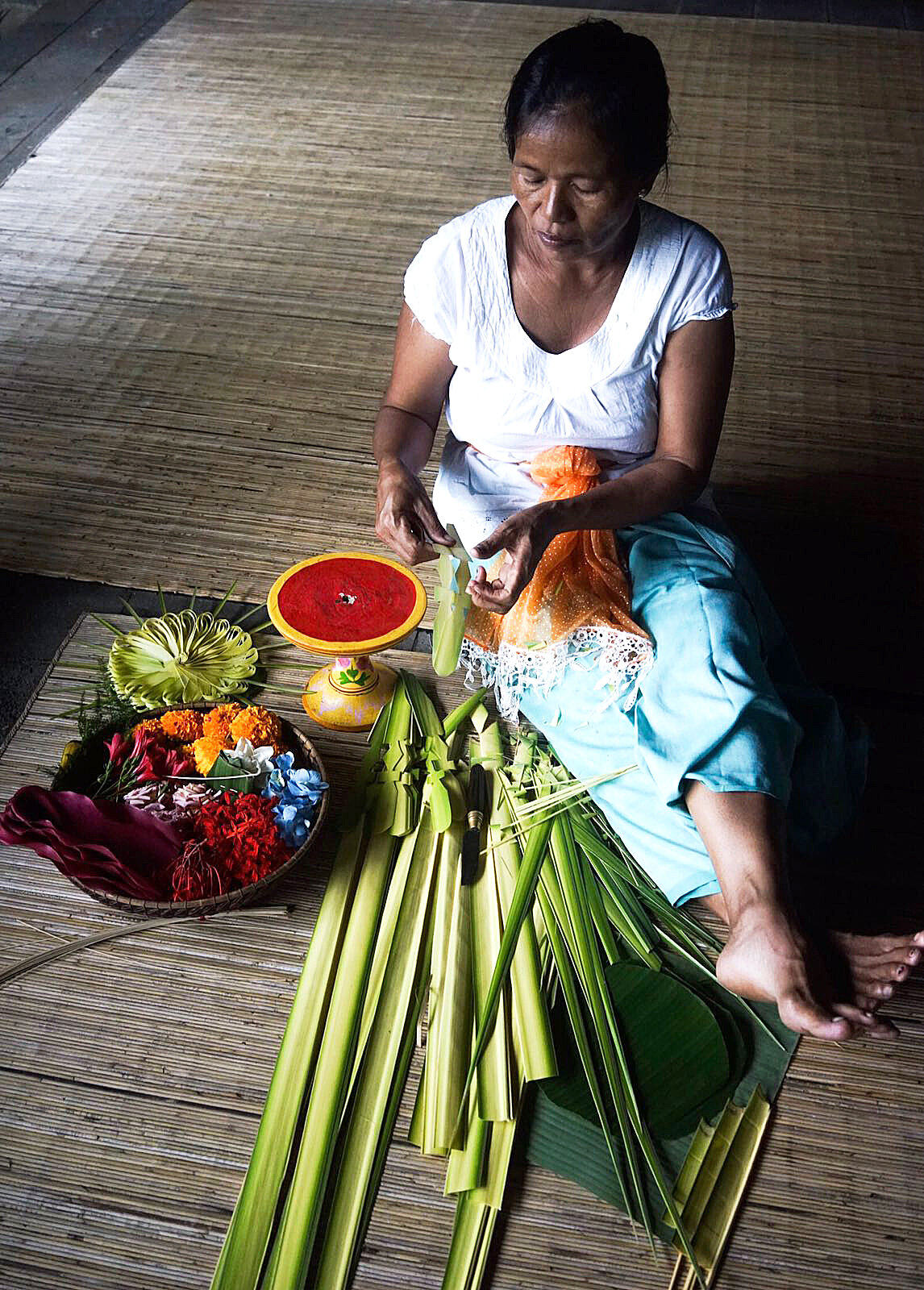SLOW MADE in Bali: Ceremonial offerings

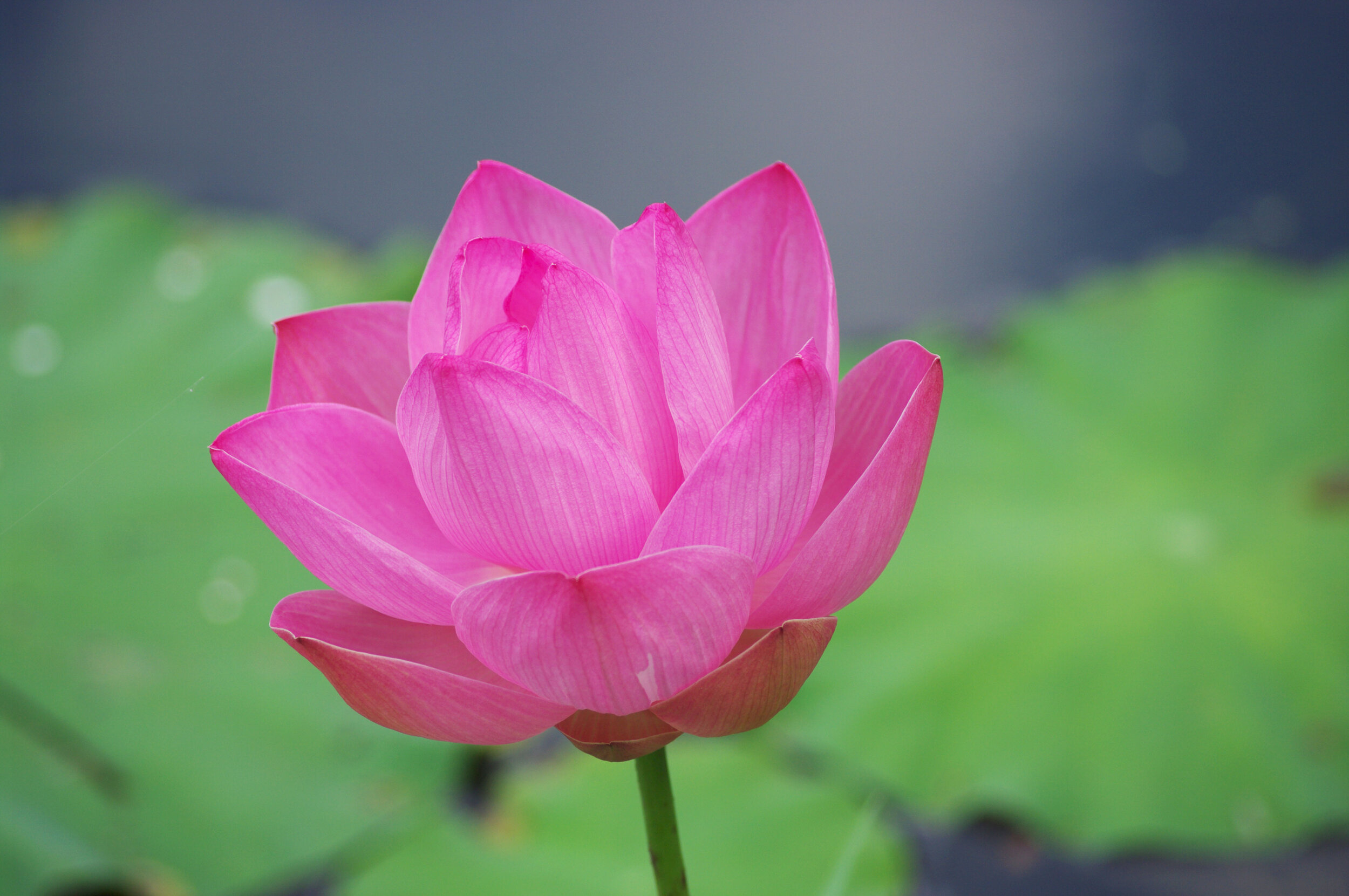
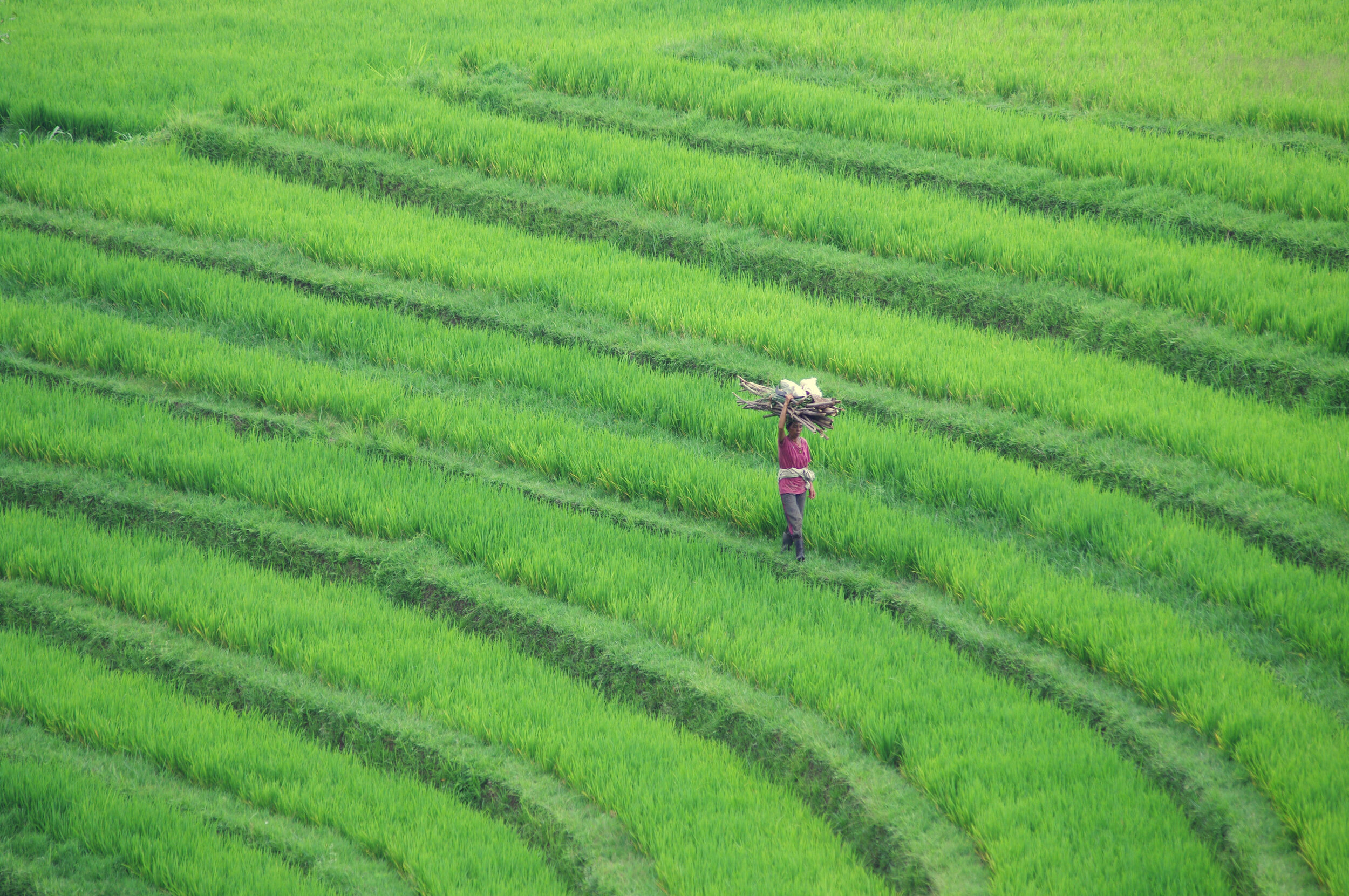

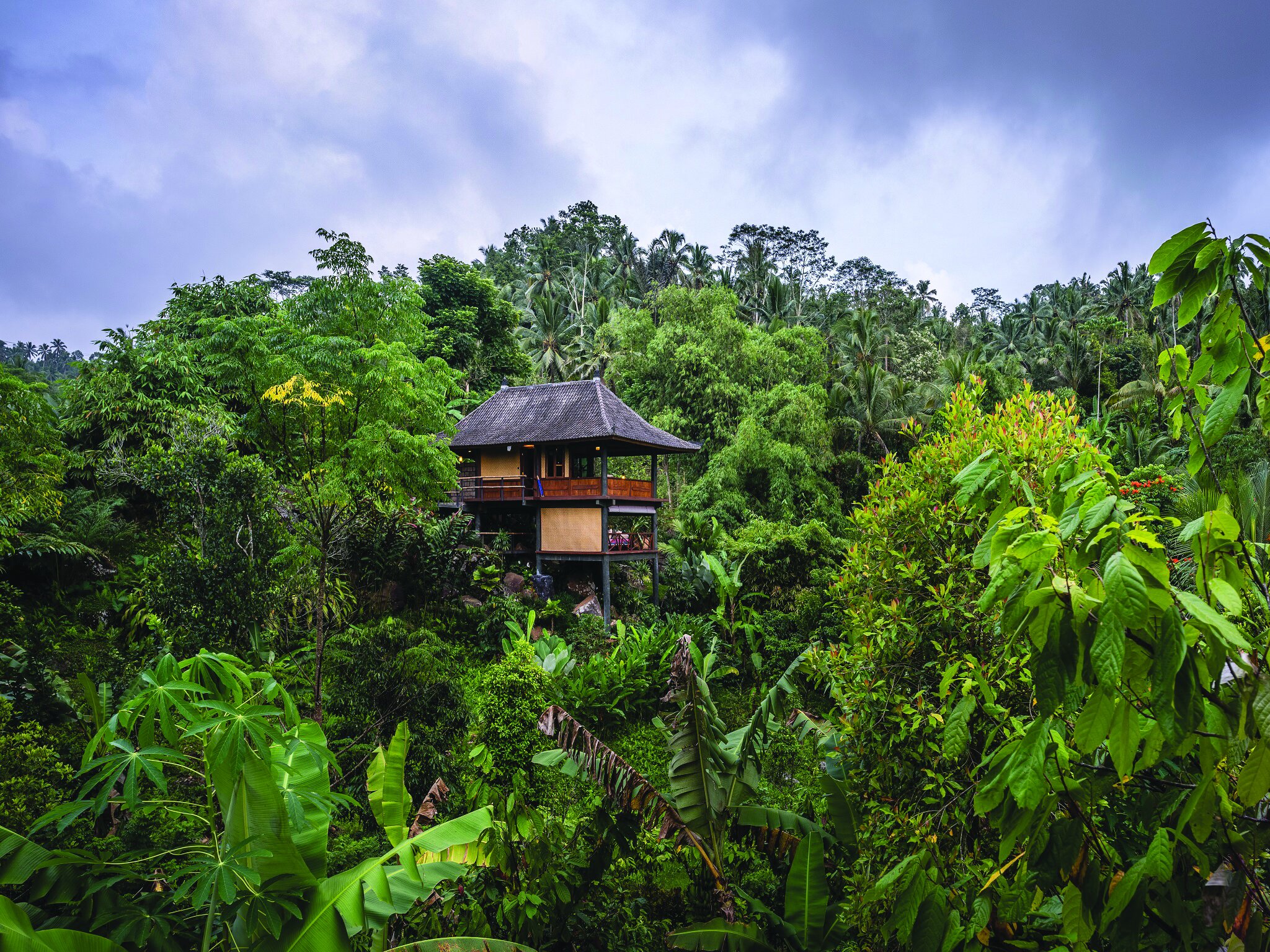
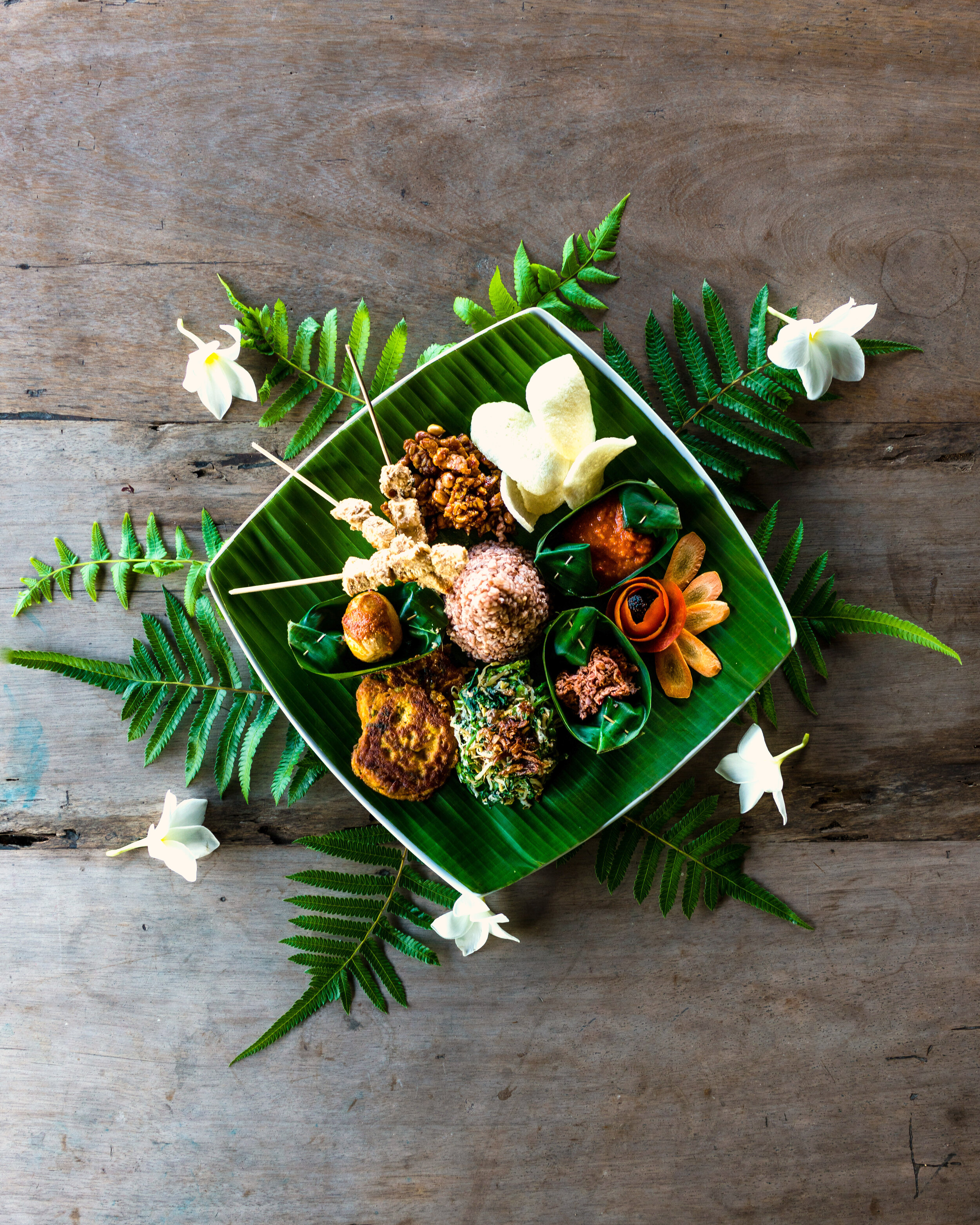
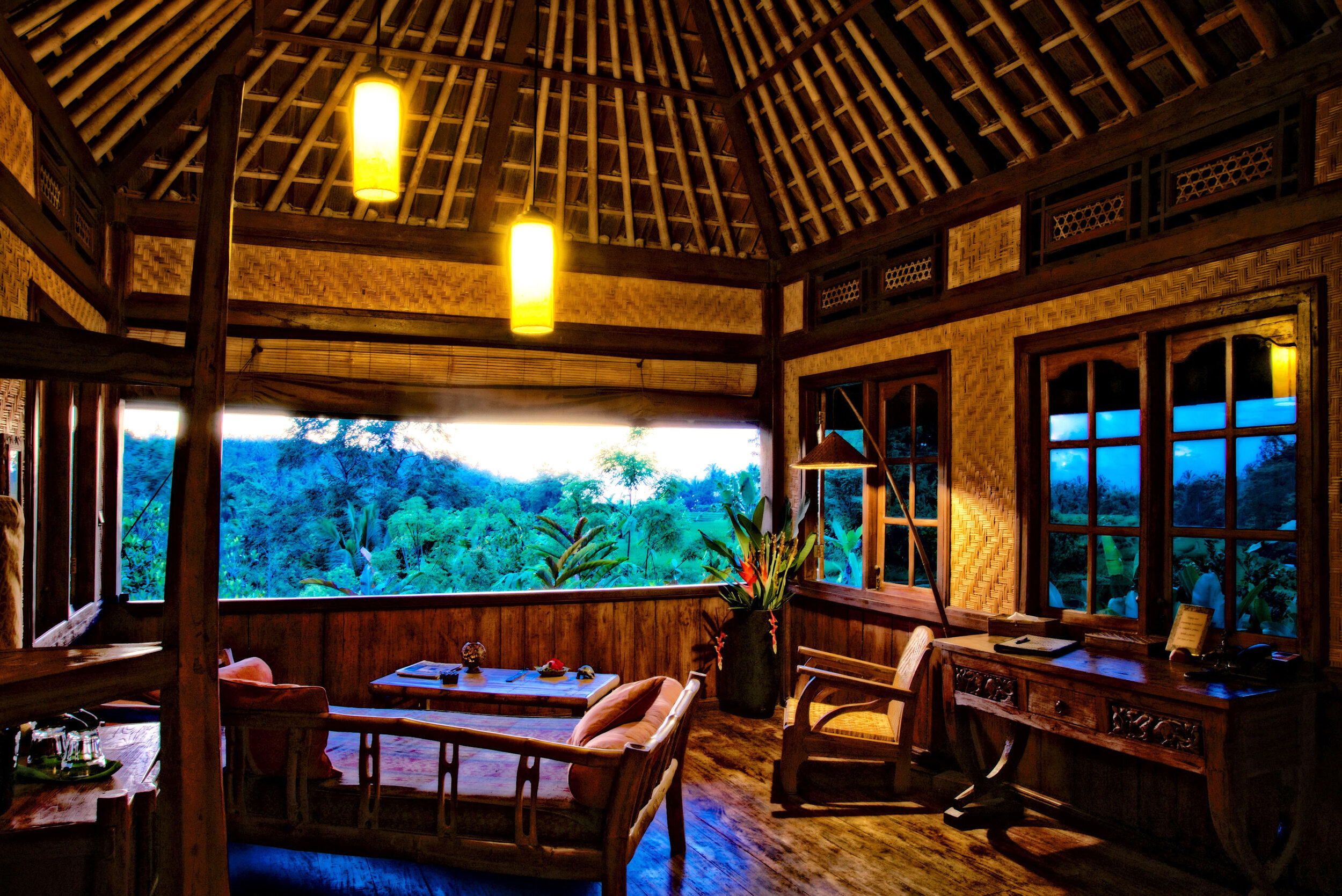
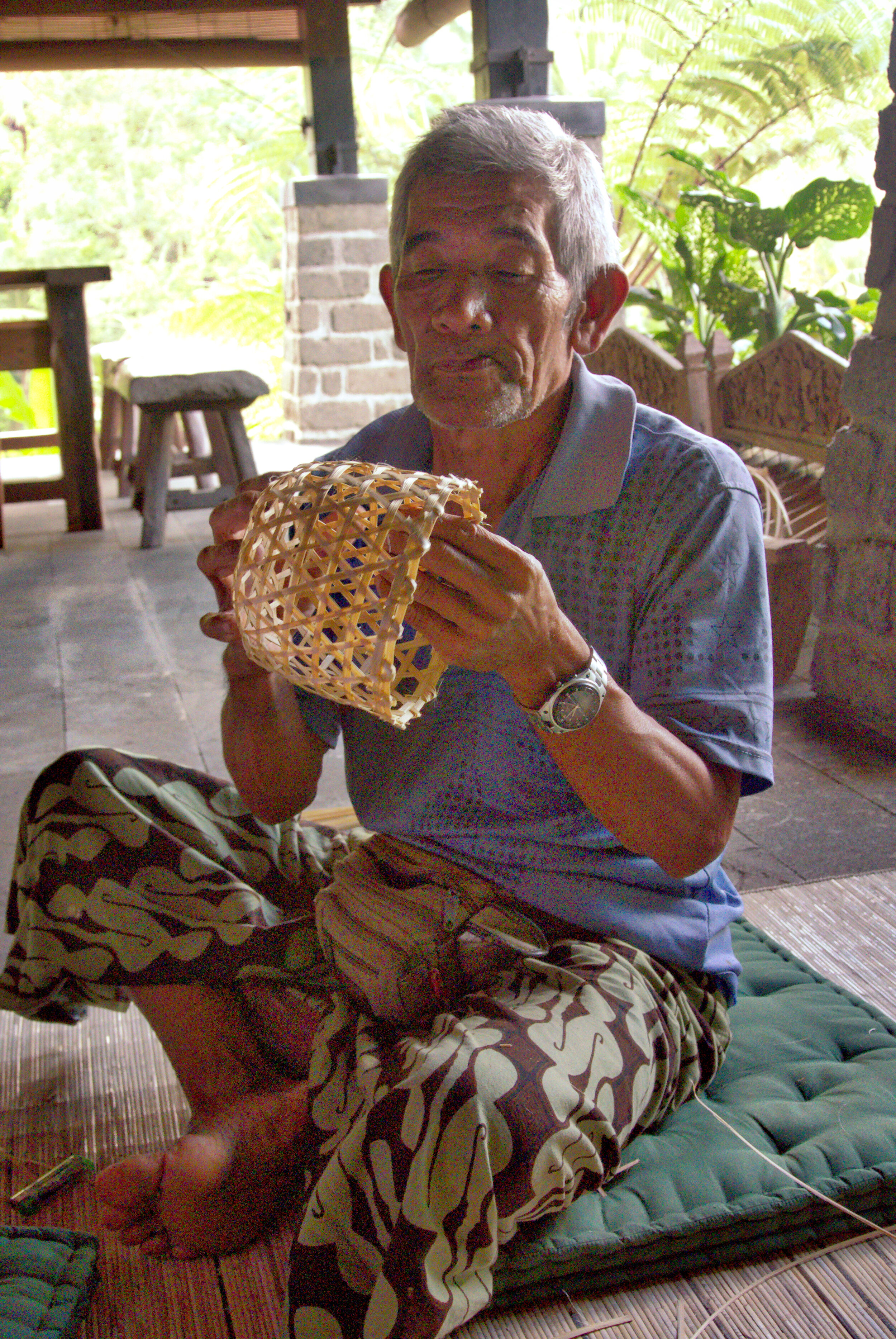
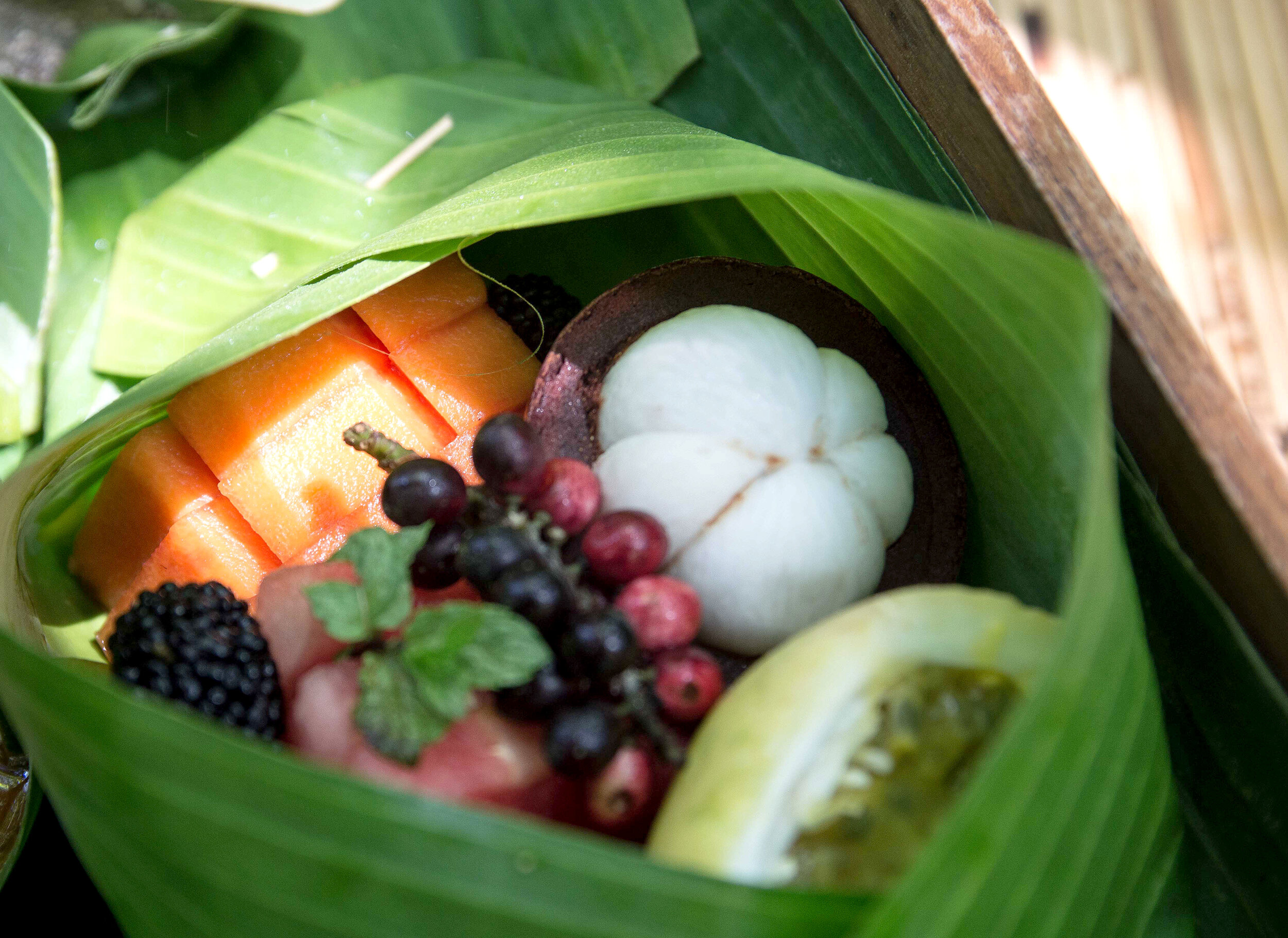


peace. love. bali.
slow made ceremonial offerings | destination bali | artisan NI KETUT MINIASIH (LAND OWNER’S WIFE, BALI ECO STAY)
INTERVIEW with JOHNNY BLUNDSTONE (OWNER, BALI ECO STAY) | PHOTOS contributed by Bali Eco Stay and NINA TROMP
FONDLY KNOWN FOR HER STUNNING, NATURAL BEAUTY, PEACEFUL ALLURE AND SPIRITUAL CHARMS, BALI IS THE GOLDEN GIRL OF SLOW WORLD DESTINATIONS BY FAR. LOCALS WELCOME VISITORS WITH OPEN HEARTS, JOYFUL HUMOUR AND HOSPITALITY SO GENUINE THAT LEAVING BALI BREAKS HEARTS. SHE IS RICH IN TRADITIONAL CULTURE AND FULL OF HAPPY-GO-LUCKY VIBES. JUST DON”T STEP ON A CANANG SARI.
GALUNGAN IS THE MOST DECORATIVE TIME OF YEAR IN BALI, WITH PENJOR DECORATIONS MASTED AT THE FRONT OF EVERY HINDU HOUSE. WHEN IS THIS HOLIDAY AND WHAT DOES GALUNGAN REPRESENT TO THE BALINESE PEOPLE?
Galungan Day occurs every six months in the Balinese calendar (210 days). Galungan is a Balinese holiday celebrating the victory of Dharma (cosmic law and order) over Adharma (dignity and respect). It marks the time when the ancestral spirits visit the Earth.
WHO MAKES THESE INTRICATE PENJOR STREET DECORATIONS?
Everyone can make the Penjor. Usually the women make the decorations for the Penjor and the men collect the bamboo and leaves and then set the decoration to the bamboo stem.
HOW SYMBOLIC ARE THE LITTLE, WOVEN BASKET OFFERINGS TO THE BALINESE PEOPLE? THEY ARE SPRINKLED EVERYWHERE YOU WALK.
These offerings are made to please the good spirits and appease the bad. They are called Canang Sari (daily offerings). They are a symbol of thankfulness to the Hindu God, Ida Sang Hyang Widhi Wasa. They are offered daily as a way to show gratitude for the peace given to the world.
“Tri Hita Karana: Harmony among people. Harmony with nature. Harmony with God.”
WHAT SYMBOLISM DOES COLOUR HOLD WHEN MAKING OFFERINGS FOR THE GODS?
Balinese avoid dark or black clothing as these colours are often associated with black magic, evil spirits and peace disturbance. In contrast, white is believed to be the colour for the peaceful spirit and yellow (or golden yellow) is a favourite, representing God Wisnu, the preserver of the Universe.
WHAT MATERIALS ARE THEY MADE FROM? ARE THEY ETHICALLY SOURCED FROM DESIGNATED PLANTATIONS?
The ceremonial decorations are made from bamboo, coconut and palm leaves, and colouring. The materials are all taken from family gardens or bought in a traditional, local market.
DO ALL HINDU FAMILIES PARTICIPATE TO MAKE DECORATIONS AND OFFERINGS? WHO ARE THE TRADITIONAL ARTISANS OF THE FAMILY AND WHO TEACHES THIS CRAFT IN THE COMMUNITY?
Yes. It is customary to our tradition and belief to participate. It is a spiritual and community celebration. The women or parents of a family are the artisans and they are the teachers for the community to continue to celebrate and pass on this tradition.
WHERE CAN A TOURIST GO TO LEARN THE ART OF BALINESE DECORATIVE OR BASKET WEAVING?
Bali Eco Stay offers regular artisan workshops for guests and visitors to the resort. Any village artisan will also be happy to teach the art form on request.
CAN YOU SHARE A LOCAL TIP FOR ALL TRAVELLERS VISITING BALI?
Be patient and don’t show outward anger or frustration and you will have a wonderful time.
baliecostay.com | @baliecostay
SHIBUI & Co. would like to thank the team at ECo bali stay for sharing their story with us.
SHIBUI PAPER PLANES no.23 | Originally published in february 2018 In SHIBUI Issue 4 by SHIBUI & CO.
VIDEO by @baliecostay It will take your breath away. Cover Image: @AnoukGarcia

